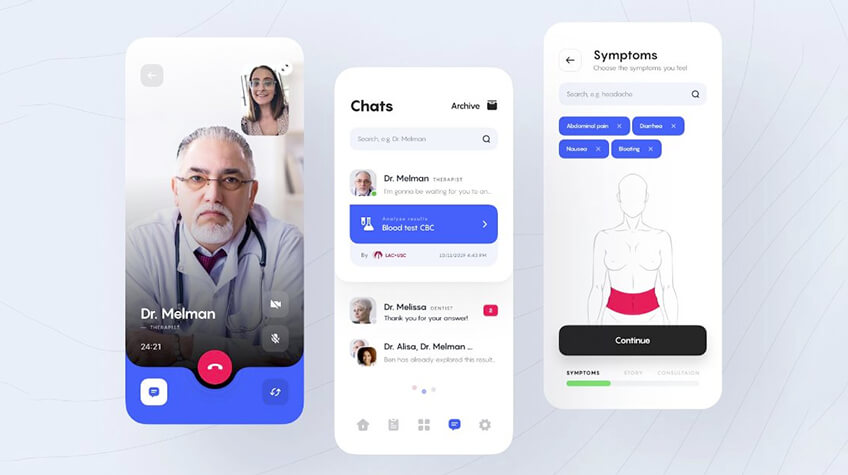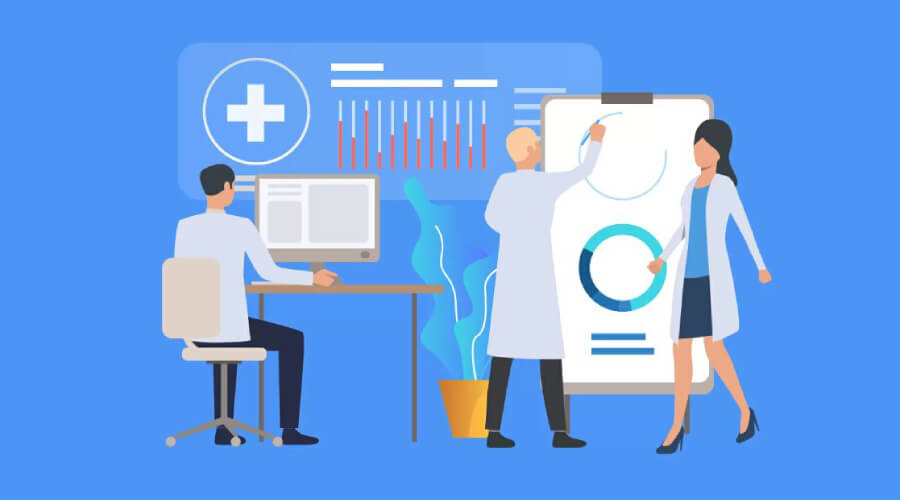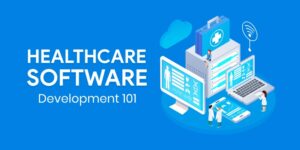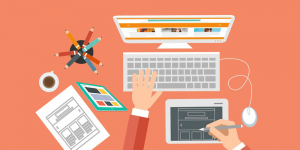
Image source: medium.com
As technology evolves, so does the field of healthcare. In order to keep up with the latest advancements and provide quality care for patients, it is important that healthcare providers focus on user experience (UX) when designing and developing new technologies. UX is not only essential for patient satisfaction but also has a significant impact on clinical outcomes.
In this blog post, we will explore the importance of UX in healthcare technology and take a look at some of the trends that we can expect in 2024. We will also provide tips for creating effective user experiences in healthcare technology. So let’s get started!
1. The Importance of UX in Healthcare Technology
The healthcare industry is one of the most competitive and rapidly growing industries today. Therefore, healthcare technology has become increasingly integral to healthcare services. With healthcare technology, healthcare providers are able to deliver efficient care to patients through improved access, better communication, and accurate record keeping.
However, it is vital that healthcare providers consider healthcare UX design in order to create an intuitive and streamlined user experience for their patients. UX design takes into consideration the mental model of users, such as how they interact with a product and what they expect from certain functions. Healthcare UX design can help health professionals develop easy-to-use technology that meets the needs of patients while promoting patient loyalty and satisfaction. Therefore, healthcare UX design is essential for healthcare providers to maximize the patient experience by creating an interface that offers convenience and safety.
2. The Backstory of UX in Healthcare Technology
The healthcare industry has long recognized the importance of UX design in improving healthcare services and facilities. In recent years, healthcare UX has emerged as a field that focuses on how people interact with healthcare systems, medical devices, and healthcare information.
Healthcare UX involves a holistic approach to understanding user needs and developing creative solutions that optimize user experience within healthcare environments. Its goals include assuring safety, delivering efficiency, simplifying complex processes, making complex information easy to understand, and meeting users’ individual preferences for services. With healthcare UX design, healthcare organizations are now better positioned to provide comprehensive patient experiences that deliver high-level care and are more cost-effective.
In the healthcare information technology industry, user experience (UX) design has revolutionized healthcare software apps. As healthcare organizations recognize the value of healthcare UX design in designing healthcare protocols, hospital databases, and more, UX practitioners must recognize the importance of designing for healthcare. Through careful planning and stakeholder understanding, healthcare UX designers today are leading the charge to make healthcare services more patient-centered and secure.
Moreover, with data privacy concerns on the rise across all industries, it is essential that healthcare organizations leverage their expertise in optimizing user experiences while managing potential risks. With user experience playing an ever-growing role in healthcare software systems, we can look forward to even more effective healthcare technologies in the future.
3. How UX is Used in Healthcare Technology Today
Today healthcare apps are using UX design strategies to enhance patient engagement and healthcare outcomes. From increasing patient education and feeding into personalized healthcare plans, healthcare UX design has become an integral part of healthcare delivery.

Image Source: tateeda.com
Healthcare UX design is an essential tool in healthcare technology when it comes to creating a personalized healthcare plan for each patient. By ensuring healthcare technology is user-friendly and intuitive, healthcare UX design can be used to promote patient education that encourages patients to take ownership of their healthcare decisions, enhance self-advocacy skills, and create greater trust between healthcare providers and their patients.
This can positively affect health outcomes by helping patients better understand every aspect of their health plan development and understanding the risks associated with any decisions made. With healthcare UX designers involved in healthcare technology development, both healthcare providers and patients can benefit from more efficient healthcare delivery systems. The introduction of FHIR software into medical technology has revolutionized the user experience, providing seamless integration and increased efficiency.
Moreover, UX designers in healthcare have implemented user-friendly technology that simplifies complex tasks and encourages users to interact with the platform through a wide range of interactive elements. These healthcare apps have also made it easier for healthcare professionals to access important information quickly and accurately. UX designers can use healthcare user experience design to create systems that allow healthcare professionals access to important information quickly and accurately. With the proper healthcare UX design, healthcare professionals can have access to a range of data points from medical records to patient engagement tracking and more.
Healthcare UX design should streamline processes, utilize intuitive navigation, integrate medical-grade security protocols, and follow industry guidelines so healthcare professionals can access the appropriate data quickly in order to make informed decisions. It is also essential for healthcare UX designs to ensure scalability as healthcare needs evolve over time. Creating healthcare UX design with these considerations in mind ensures healthcare professionals have secure access to important information that may be crucial in making life-saving decisions.
Overall, hospitals and other healthcare providers are increasingly relying on healthcare UX design practices to facilitate more efficient health services, improve patient communication, and provide higher-quality care at lower costs.
Read More: PIPEDA Compliance: Guide for Healthcare Providers in the USA
4. The 2024 Trends of UX in Healthcare Technology
2024 brings with it tremendous opportunities when it comes to healthcare UX design. Contactless diagnostics and autonomous purchases and delivery of medication will be ubiquitous, augmenting healthcare processes as we know them. AI will also provide a variety of services to healthcare consumers in order to streamline payment, saving time and reducing costs associated with administrative processes.
Moreover, AI implementation promises to elevate nearly every job in healthcare industries, allowing healthcare professionals can focus on providing the highest quality care possible. In short, 2024 is set to revolutionize healthcare UX design so that both healthcare providers and patients alike can realize greater capabilities and efficiencies in healthcare resources.
Related Post: Top Digital Trends in the Pharma Industry
5. Tips for Creating Effective User Experiences in Healthcare Technology
Healthcare UX design is a complex area that requires careful consideration when building user experiences. Creating effective healthcare technology involves more than just a visually appealing design – it should also be specifically tailored to users’ needs while taking into account healthcare regulations. When designing healthcare technology, it pays to engage in research so that you understand the healthcare landscape and potential pitfalls.
Additionally, it is important to create interfaces with intuitive navigation and simple interactions; favoring progress bars and other visual cues can help provide feedback and keep users on track throughout their experience. By taking the time to craft an engaging healthcare user experience that is secure, compliant, and tailored for your target audience, you can ensure your healthcare technology stands out from the crowd.
Final Thoughts
Healthcare UX design is becoming increasingly important as healthcare organizations look for ways to improve processes and patient experiences. In 2024, we should expect to see long-expected trends like contactless diagnostics and autonomous purchases and delivery of medication become ubiquitous. These technologies have the potential to greatly expand healthcare options by removing the need for in-person visits or waiting in line at pharmacies while also providing an even more personalized healthcare experience. Ultimately, healthcare UX design has the capacity to change healthcare forever by helping healthcare providers deliver better care more efficiently and providing a better healthcare experience overall.






